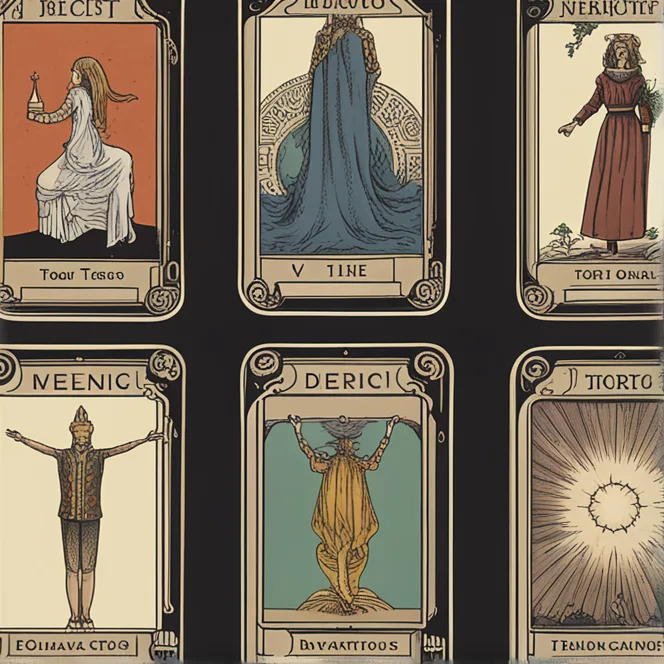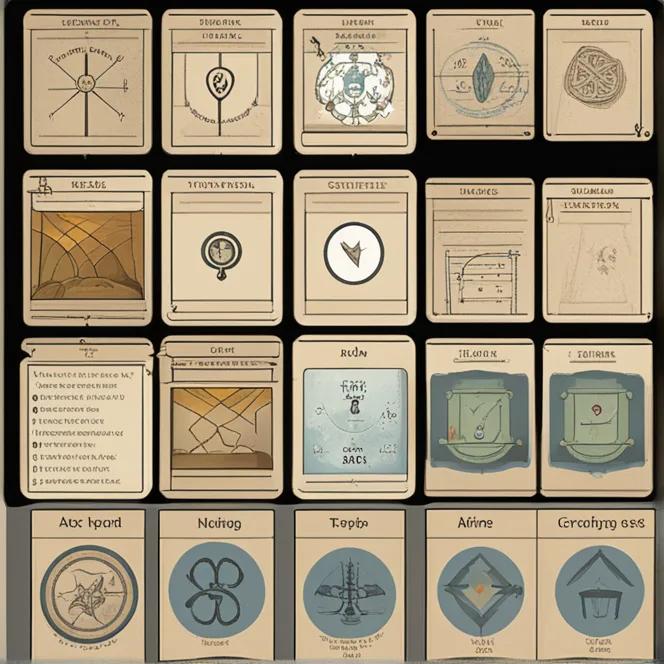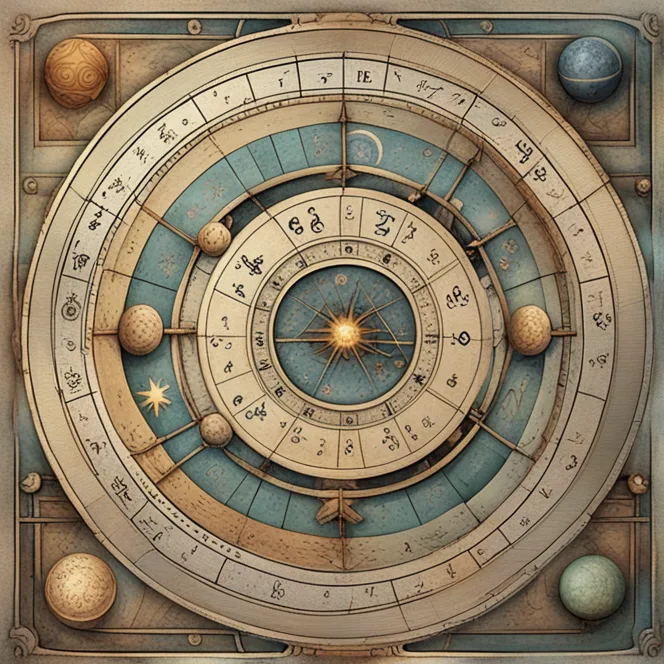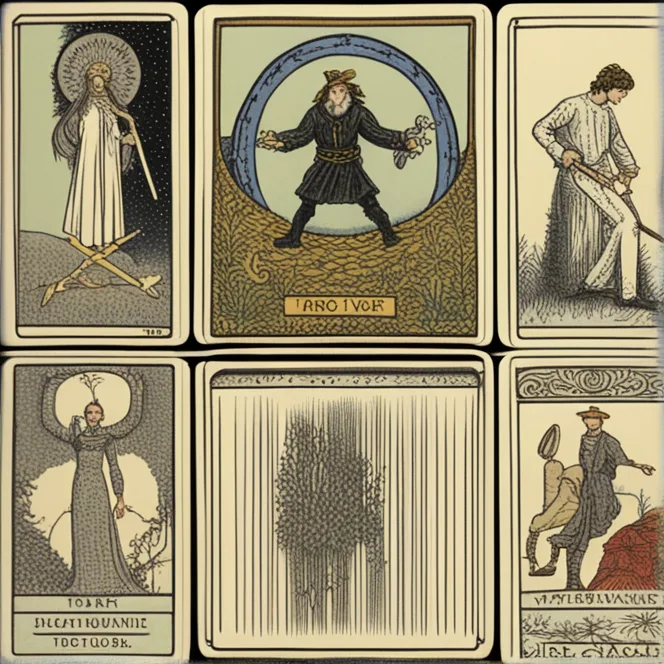
Introduction to Tarot
Tarot cards have mystified and guided individuals for centuries, offering a window into the depths of our subconscious and the possibilities of our futures. The practice of tarot reading, while steeped in tradition, remains as relevant today as it was when it first emerged in the 15th century. A tarot deck typically contains 78 cards, each brimming with symbolism and potential meanings that a skilled reader interprets. These readings can provide insights, reflection, and even predictions, though they are not predetermined fates but rather a tool for self-discovery and contemplation.

The Structure of a Tarot Deck
Each tarot deck is divided into two primary sections: the Major Arcana and the Minor Arcana. The 22 cards of the Major Arcana symbolize life’s karmic and spiritual lessons, portraying archetypal themes that resonate with the human experience. The remaining 56 cards form the Minor Arcana, which detail the trials and tribulations of daily life. This section is further split into four suits: Cups, Wands, Swords, and Pentacles, each associated with different aspects of our lives, such as emotions, creativity, intellect, and material world respectively.

Tarot Readings and Spreads
The process of tarot reading involves the querent, the one seeking answers, and the reader, who interprets the cards. After shuffling the deck, the reader lays out the cards in a specific pattern, known as a spread. Each position in the spread corresponds to an aspect of the question posed. From the simple three-card spread representing past, present, and future to the complex and detailed Celtic Cross, the layout chosen can greatly influence the depth and focus of the reading.

Symbolism in Tarot Cards
The power of tarot lies in its rich symbolic imagery. Each card depicts elements and characters loaded with meanings, influenced by various symbological systems like astrology, numerology, and Kabbalah. For instance, The Empress card embodies fertility, creativity, and abundance, often linked with the planet Venus. Readers decode these symbols, considering both traditional interpretations and intuitive insights, to offer guidance or reflect the querent’s inner truths.

The Purpose of Tarot in Modern Times
In modern times, tarot has transcended its mystical origins to become a tool for psychological insight and self-help. It is not just about forecasting the future; it's about exploring potential outcomes based on current trajectories. It empowers individuals by illuminating choices and encouraging personal growth. The cards can reveal trends for the approaching years, such as 2024's emphasis on transformation and seeking harmony, aligning with astrological events and societal shifts.
Learning and Respecting Tarot
For those drawn to tarot, understanding its complexities takes time and practice. An authentic reading is not a parlor trick but an exercise in empathy, intuition, and wisdom. It demands respect for the tradition and openness to the messages it may reveal. As tarot continues to gain popularity, it's critical to approach it with authenticity, whether one seeks personal enlightenment or desires to help others navigate their paths.
Published: 12/15/2023
Modified: 12/15/2023
More predictions
Come back here soon to learn more about yourself and your future


First Steps In Tarot Reading
Indulge in the basics of tarot reading with simple spreads for beginners.


The Role Of Pentacles In Tarot Wisdom
Delve into the practical wisdom of the Pentacles in tarot, their earthy symbolism and their significance in readings.


Easy Tarot Spreads For Beginner
Master the basics of tarot with easy spreads for beginners – find clarity and insight into life's questions.